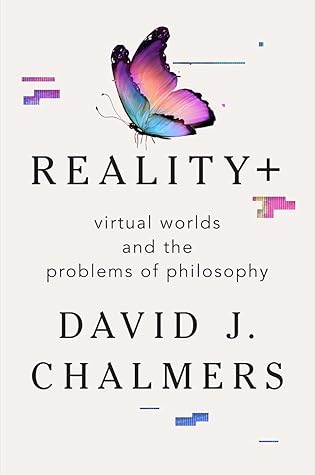Today’s VR and AR systems are primitive. The headsets and glasses are bulky. The visual resolution for virtual objects is grainy. Virtual environments offer immersive vision and sound, but you can’t touch a virtual surface, smell a virtual flower, or taste a virtual glass of wine when you drink it. These temporary limitations will pass. The physics engines that underpin VR are improving. In years to come, the headsets will get smaller, and we will transition to glasses, contact lenses, and eventually retinal or brain implants. The resolution will get better, until a virtual world looks exactly
...more
This highlight has been truncated due to consecutive passage length restrictions.


